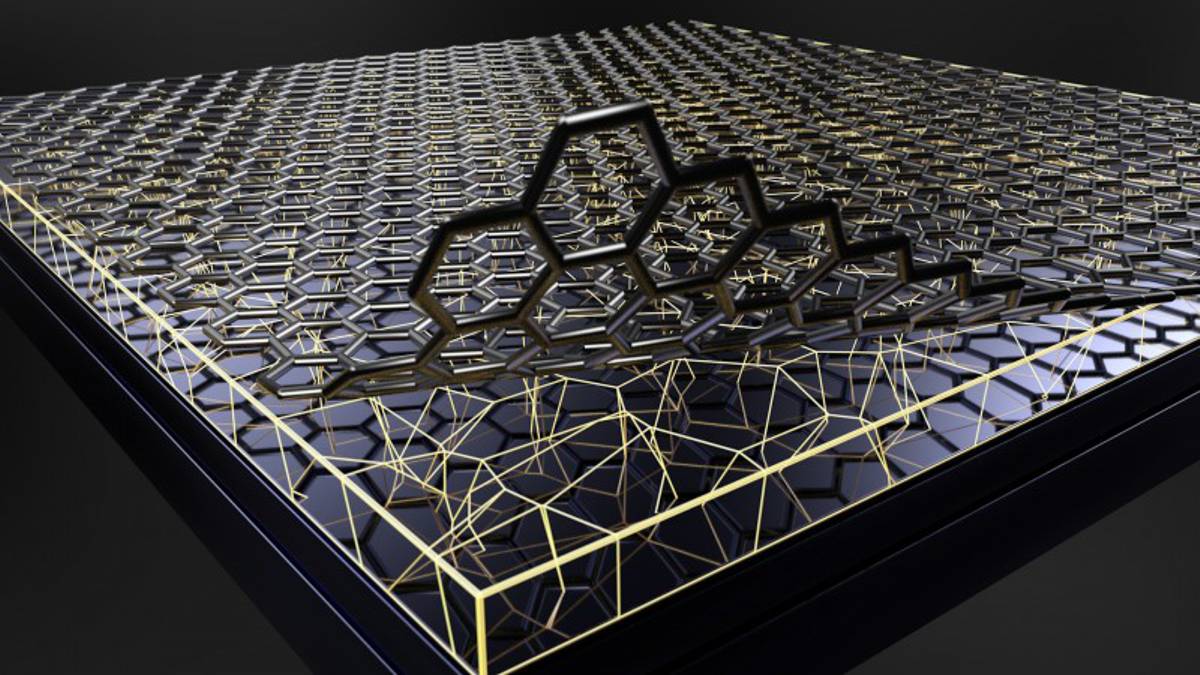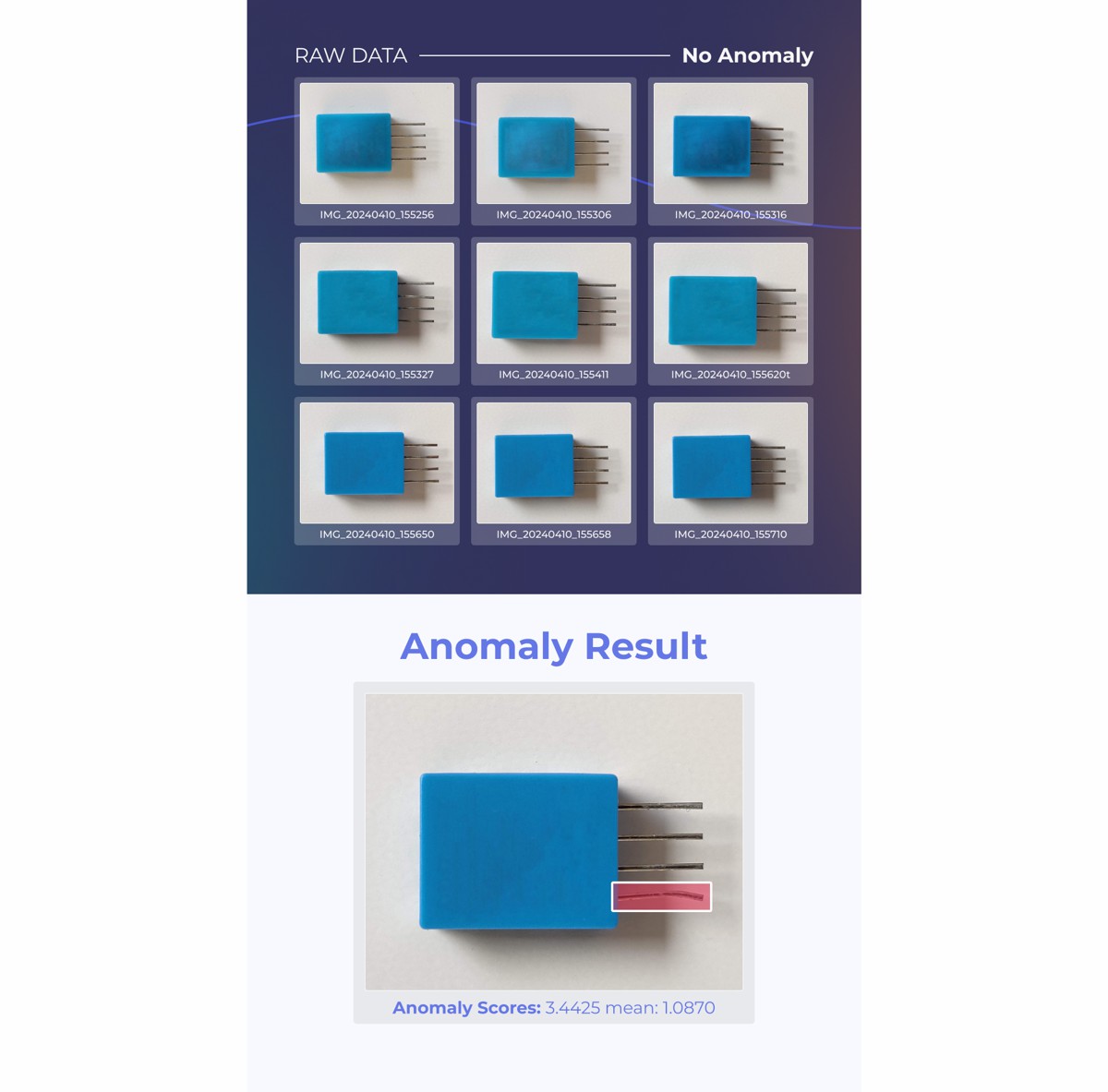Cleaning the Air in Tunnels with Photocatalytic Concrete
The air quality in underground road tunnels tends to be worse than in other road environments due to the poor air circulation. To address this issue, researchers at the Korea Institute of Civil Engineering and Building Technology have developed photocatalytic concrete that can effectively remove fine particulate matter on roads.
The most effective way to improve internal air quality in road infrastructure is to pre-emptively remove fine particulate matter precursors generated by automobile exhaust gases. Therefore, the application of construction materials that make use of photocatalysts with the capability to remove harmful substances has recently been in the spotlight as a solution to fine particulate matter pollution.
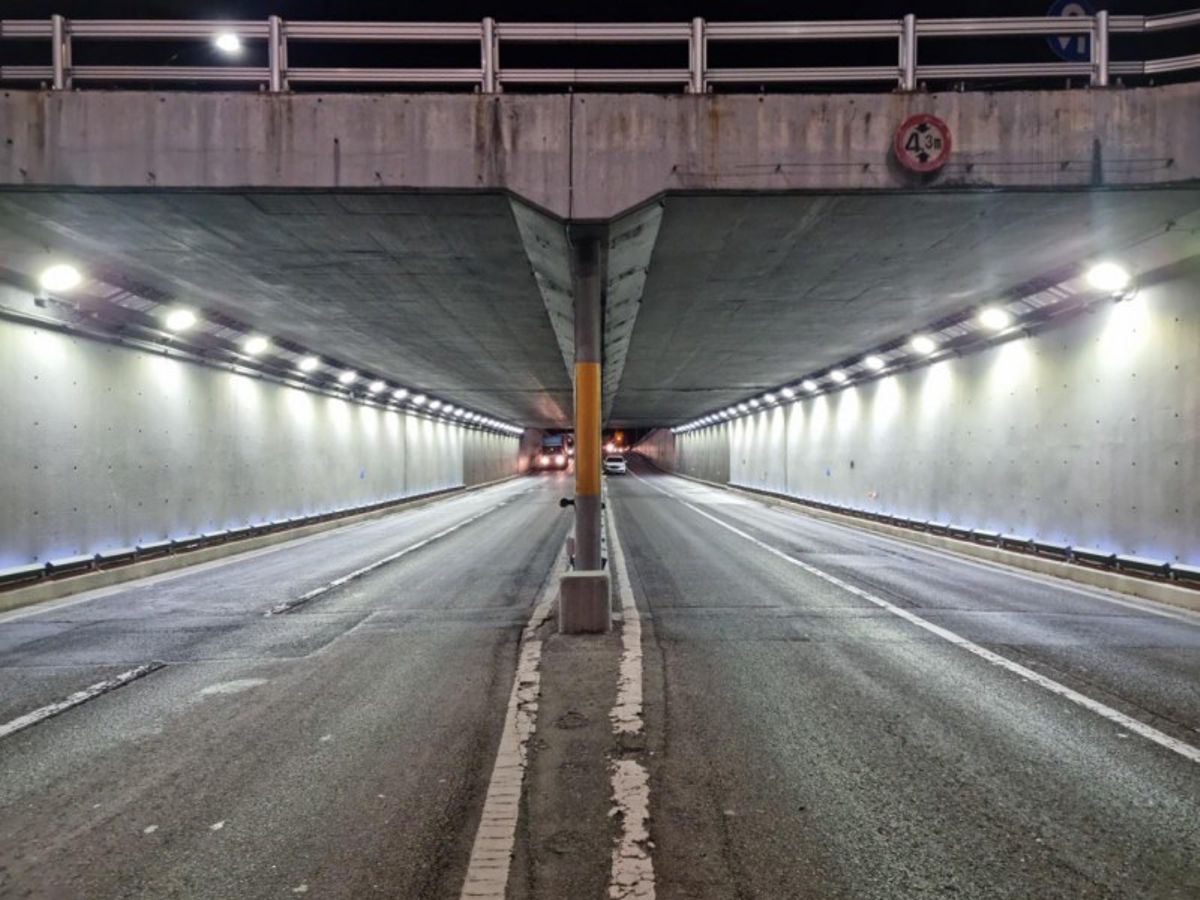
A photocatalyst is a semiconducting material that can break down pollutants through a photocatalytic reaction when exposed to light. Photocatalysts react with light to produce reactive oxygen species (ROS) with strong oxidizing power, which converts the precursors of fine particulate matter (nitrogen oxide, sulfur oxide, etc.) into harmless substances through a photocatalytic reaction, leading to suppression of fine particulate matter generation.
KICT’s Green Construction by Photocatalyst Research Group (GCP Research Group) has developed a photocatalytic concrete that can reduce fine particulate matter generation through the strong oxidizing power of ROS generated when the photocatalyst reacts with light.
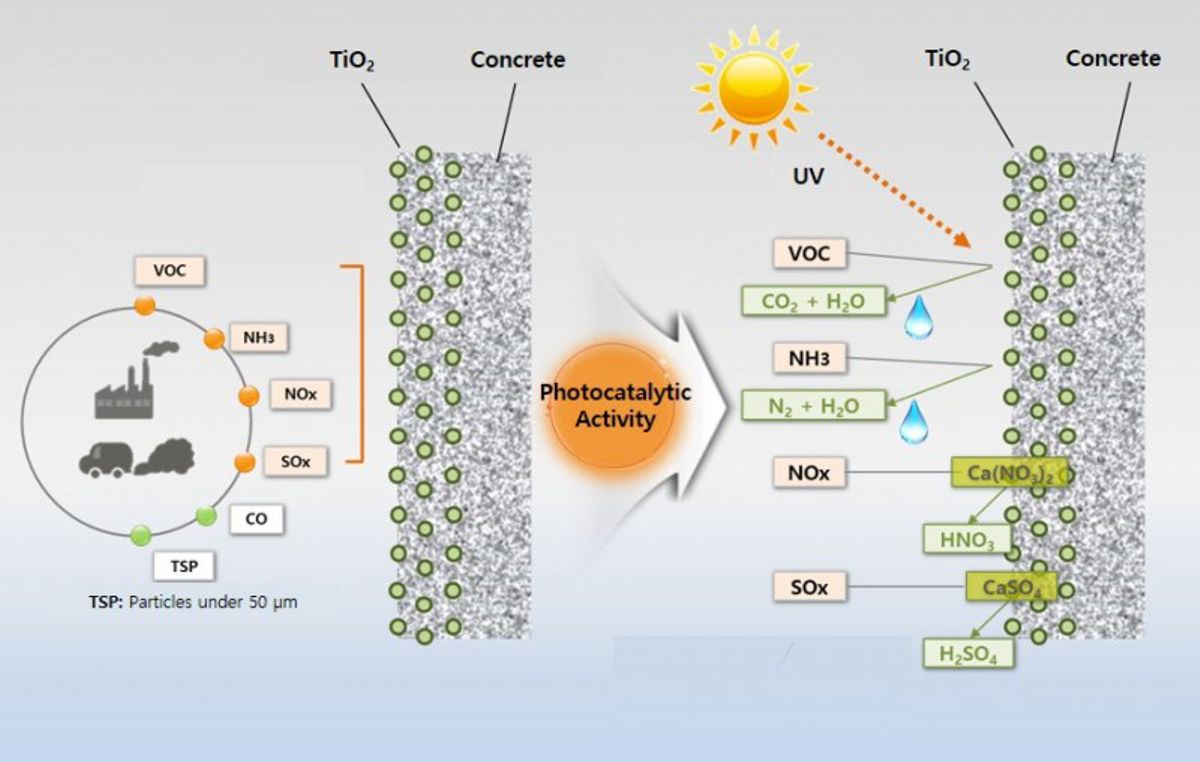
Despite the excellent performance of photocatalysts in removing toxic substance from the air, they have yet to be used in construction materials due to high manufacturing cost; As a result, the GCP Research Group has been developing key technologies for cost-efficient mass production of photocatalysts from wastewater sludge since 2018, with the support of the Ministry of Land, Infrastructure and Transport.
Through this project, the GCP Research Group succeeded in developing a photocatalytic construction materials and application technology that achieved both technical performance and economic competitiveness.
In May 2023, the GCP Research Group completed a trial application of photocatalytic concrete on the inner walls of the Banpo Underground Road Tunnel in Seoul, Korea. This trial aimed to verify the effectiveness of the research findings in actual use.
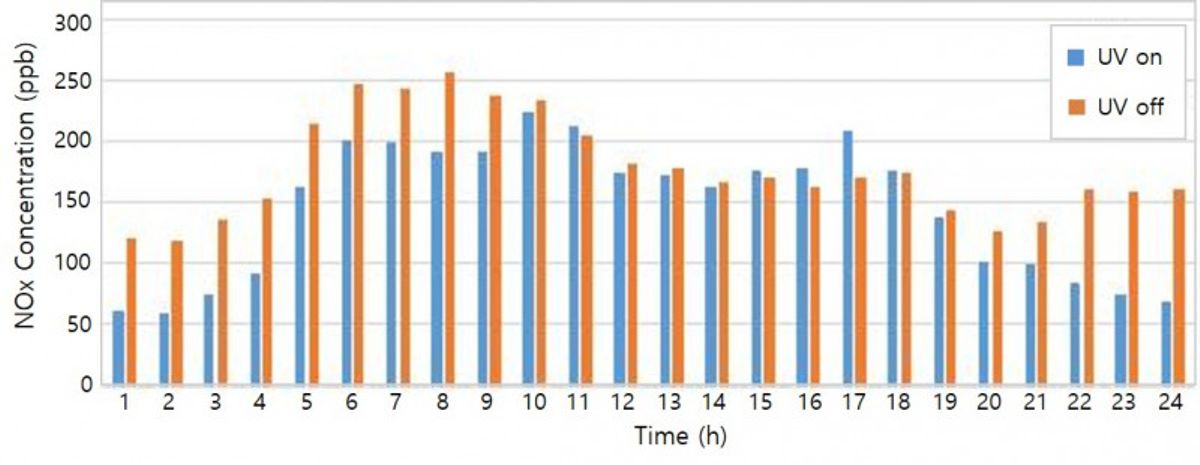
The outcomes showed an approximate 18% reduction in nitrogen oxides (NOx) concentration levels over a period of 24 hours. An artificial light source was installed on the wall of the underground road tunnel where the photocatalytic concrete was applied, allowing the photocatalytic function to work even underground where natural light does not reach. Additionally, the outcomes demonstrated that the products of photocatalytic degradation, which that converted into salts due to the calcium content in photocatalytic concrete, were effectively washed away by rain. This allows the photocatalytic function to last permanently without the need for maintenance.
The GCP research group is also conducting research to establish various photocatalytic performance evaluation certification systems. aiming to facilitate the commercialization and distribution of the technology. Currently, they are conducting a comprehensive trial in collaboration with authorities in Gyeonggi-do Province to demonstrate the effectiveness of photocatalytic construction technologies.
“Construction technology using photocatalysts can have an immediate effect on reducing fine particulate matter in the nation’s living environment” said Dr. Jong-Won, Kwark, head researcher of the research. “We plan to build a system of cooperation with local governments and public corporations to expand trial demonstrations to other sites to achieve commercialization and distribution with practical effects.”











